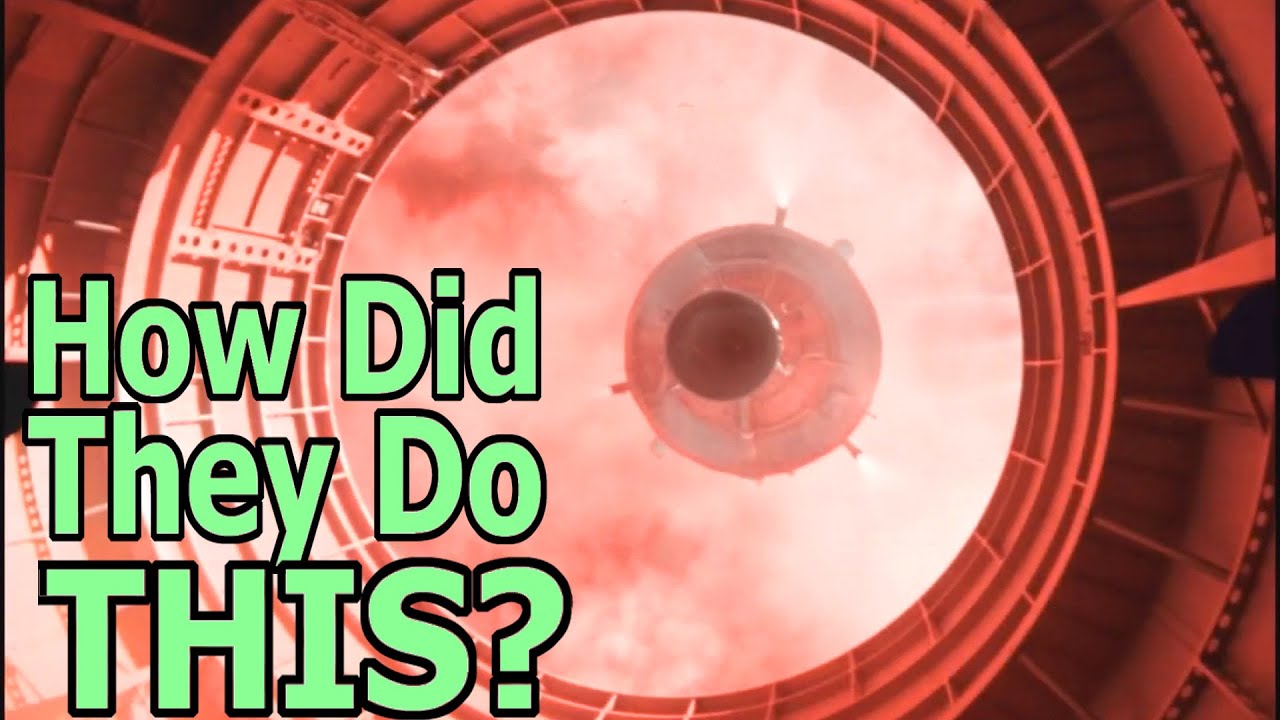Today, it is unremarkable to see live video from rockets being launched to orbit. The images are not only stunning, but potentially valuable to engineers in understanding dynamic events such as booster and stage separation and, in the case of failures, diagnosing what went wrong.
But in the 1960s, rugged, lightweight solid state video cameras did not exist, nor did downlink technology that would allow sending images back to the ground. Instead, NASA installed 16 mm film cameras on its rockets in locations where they could observe important events in the flight, mounted in pods which were ejected pytotechnically from the booster when their film was exhausted. They would fall back to the ocean, protected by a heat shield, then deploy an inflatable decelerator which slowed their fall and kept them afloat after splashing down until they could be retrieved.
At the end of the video, a compilation of original NASA film pod footage from Atlas and Saturn missions is shown in its entirety.
